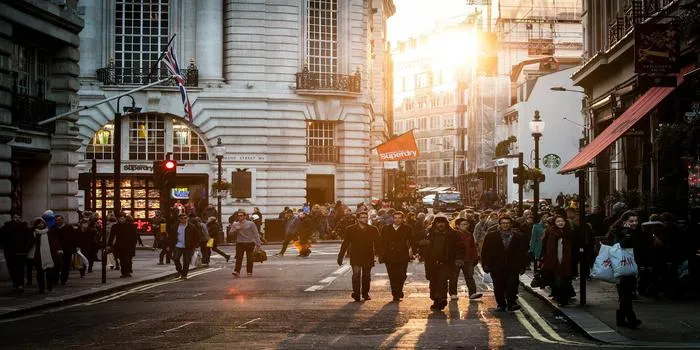How the marvel of electric light became a global blight to health
The marvel of electric light transformed urban landscapes, illuminating cities and extending daily activities into the night. However, this innovation has led to unintended health consequences, including disrupted sleep patterns and increased stress levels due to constant exposure to artificial light. In "The Big Apple" and other renowned cities, such as Los Angeles and Chicago, the bright glow of nightlife has become synonymous with vibrancy, yet it also highlights the growing concerns over light pollution and its impact on well-being.

The advent of electric light has undoubtedly transformed our world, brightening our nights and extending our productive hours. However, this innovation has also led to unintended consequences for human health and well-being. In this article, we will explore the dual nature of electric light: its marvel and the global blight it has become on health, particularly in relation to our sleep patterns, mental health, and overall well-being.
The Benefits of Electric Light
Electric light has revolutionized daily life, allowing us to work, socialize, and entertain ourselves well into the night. The introduction of electric lighting has led to:
- Increased productivity: Work hours can be extended beyond daylight, leading to higher economic output.
- Enhanced safety: Streets and public places are safer at night due to improved visibility.
- Social and cultural developments: Nightlife flourished, giving rise to new forms of entertainment and social interactions.
These benefits have made electric light an integral part of modern civilization, but the darker side of this invention is beginning to emerge.
The Global Blight: Health Impacts of Electric Light
As we bask in the glow of electric light, we must also acknowledge its adverse effects on our health, particularly in the following areas:
1. Disruption of Sleep Patterns
One of the most significant impacts of electric light is its effect on our sleep. Exposure to artificial light, especially blue light emitted by screens, has been shown to:
- Suppress melatonin production: Melatonin is the hormone responsible for regulating sleep. Disruption in its production can lead to insomnia and poor sleep quality.
- Shift circadian rhythms: The body's natural clock can be altered, leading to sleep disorders and daytime fatigue.
The following table illustrates the relationship between electric light exposure and sleep quality:
| Exposure Level | Melatonin Production | Sleep Quality |
|---|---|---|
| High (Evening Screen Time) | Suppressed | Poor |
| Moderate (Indoor Lighting) | Normal | Fair |
| Low (Natural Light Exposure) | Optimal | Good |
2. Impact on Mental Health
Electric light can also contribute to mental health issues. Studies have shown that excessive exposure to artificial lighting can lead to:
- Increased anxiety and depression: The overstimulation from bright lights can heighten stress levels.
- Seasonal Affective Disorder (SAD): Lack of natural sunlight during winter months can lead to depressive symptoms, which are exacerbated by artificial lighting.
Research indicates that individuals with high exposure to electric light are more likely to report feelings of anxiety. This has led to growing concerns about the mental health implications of our reliance on electric light.
3. Eye Strain and Vision Problems
Prolonged exposure to electric light, particularly from screens, can also lead to digital eye strain, characterized by:
- Dry eyes
- Blurred vision
- Headaches
The phenomenon of screen time has increased dramatically in recent years, leading to a surge in eye-related ailments. The chart below highlights the prevalence of eye strain among different age groups:
| Age Group | Percentage Experiencing Eye Strain |
|---|---|
| 18-24 | 60% |
| 25-34 | 50% |
| 35-44 | 40% |
Mitigating the Negative Effects of Electric Light
Recognizing the health impacts of electric light is the first step toward mitigating its effects. Here are some strategies to reduce exposure:
- Use blue light filters on devices: These can help minimize the impact of screens on melatonin production.
- Adopt a digital curfew: Limit screen time in the evening to promote better sleep quality.
- Incorporate natural light: Maximize exposure to daylight during the day to help regulate circadian rhythms.
By taking these steps, individuals can harness the benefits of electric light while minimizing its detrimental impact on health.
Conclusion
The journey of electric light from a groundbreaking innovation to a global blight on health illustrates the complex relationship we have with technology. While electric light has undeniably improved our lives in many ways, it is crucial to recognize and address its negative health implications. By being mindful of our light exposure and making conscious choices, we can enjoy the marvel of electric light without succumbing to its pitfalls.












